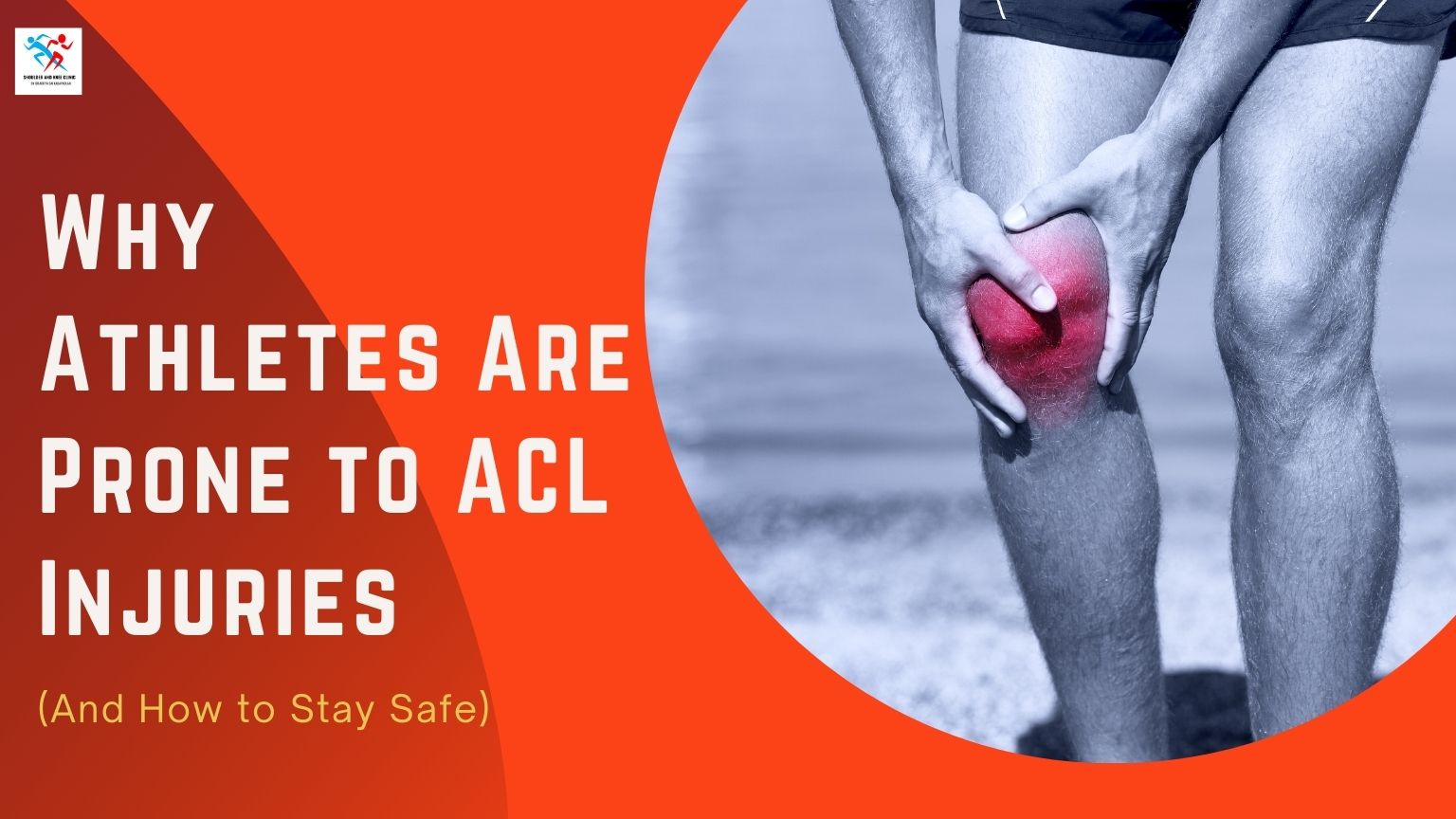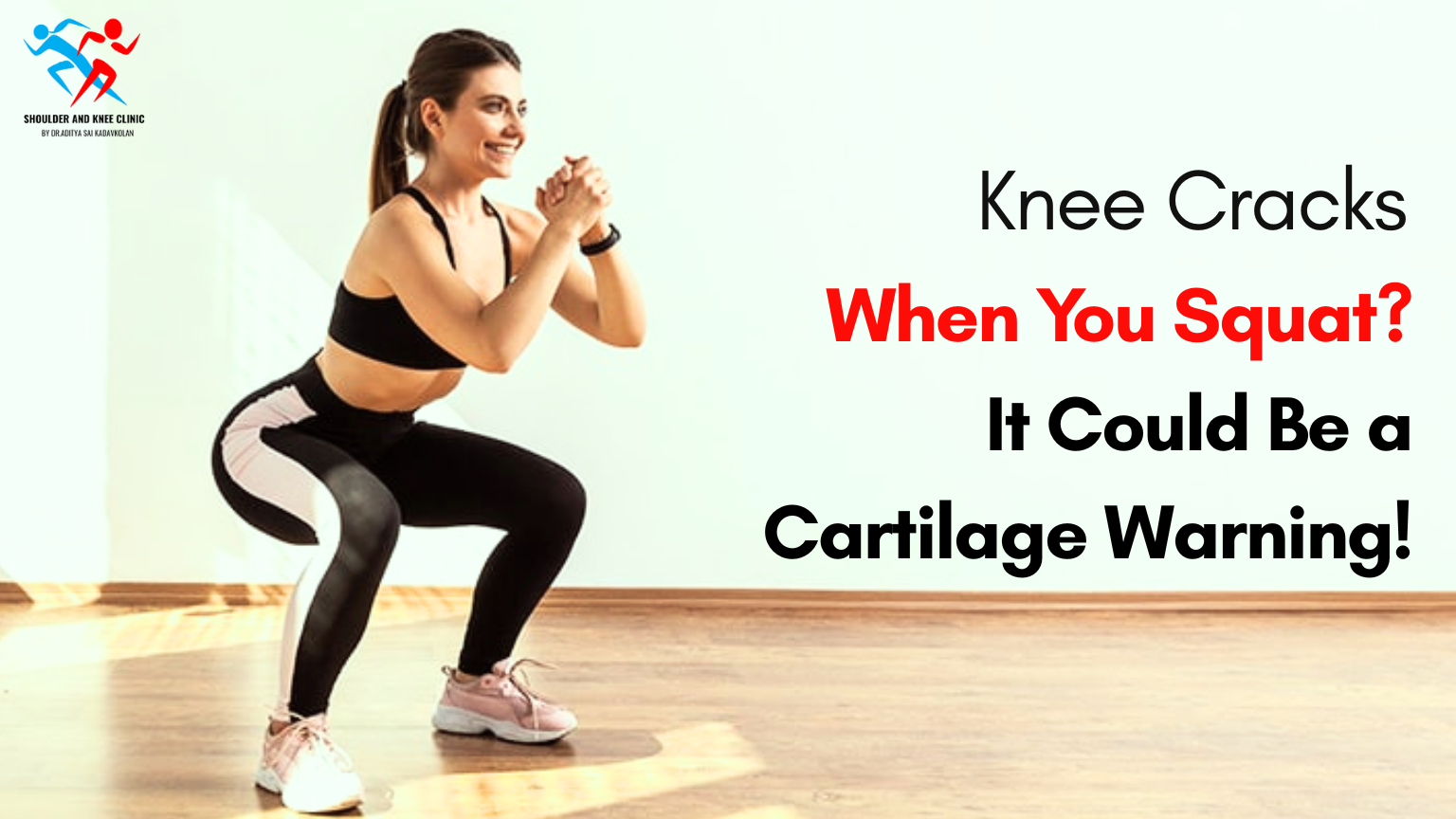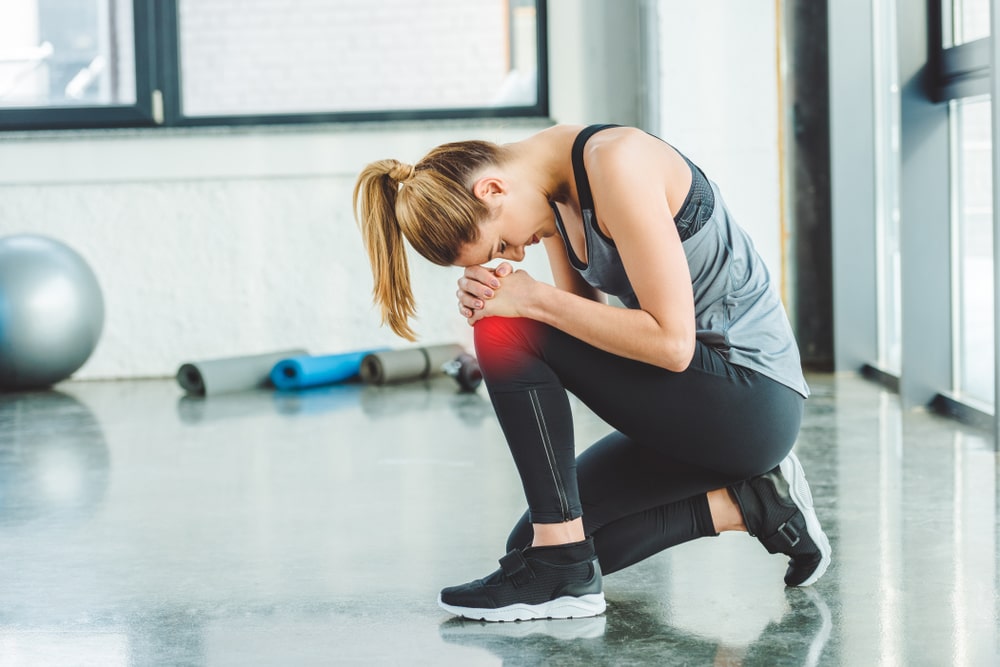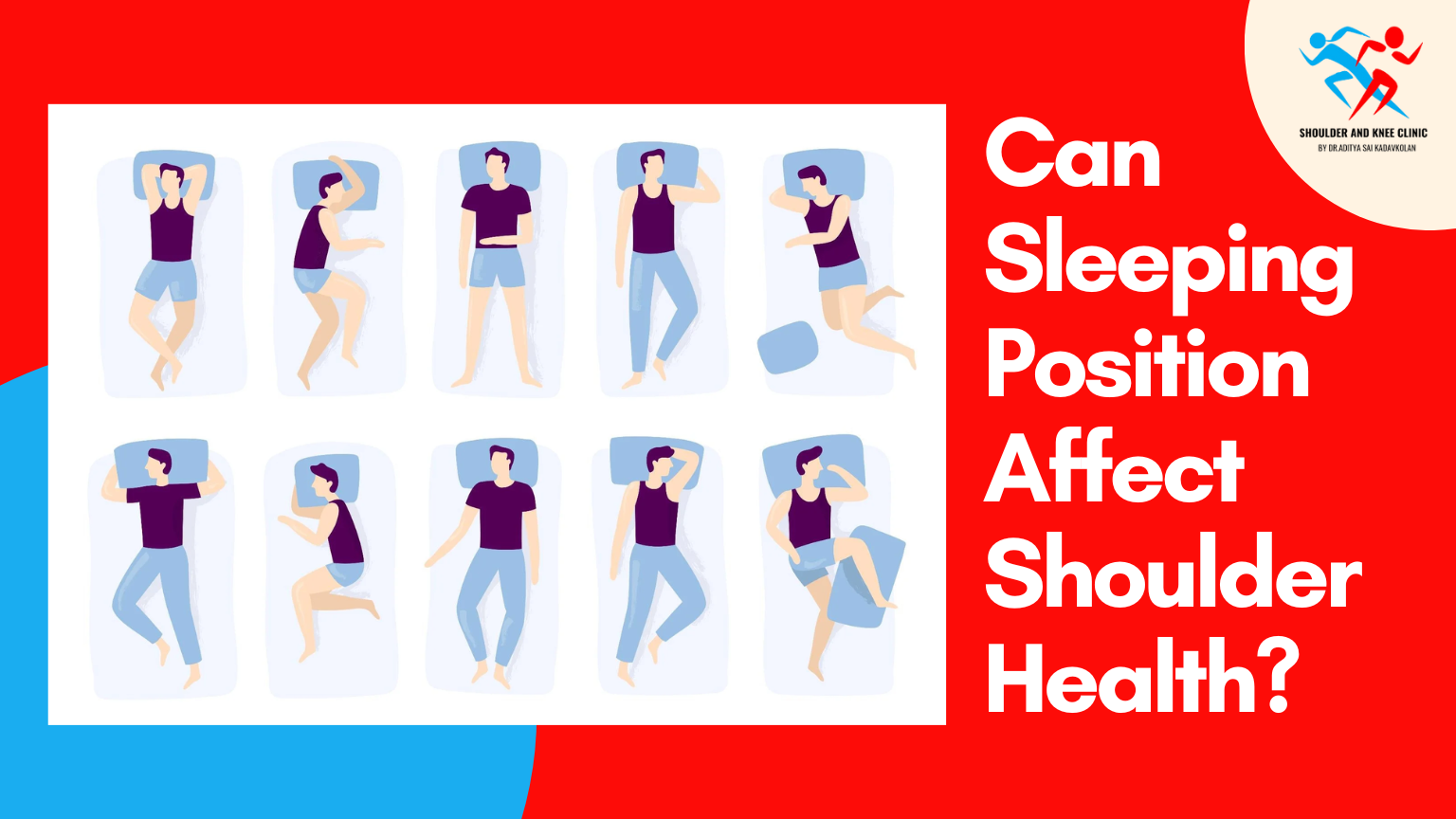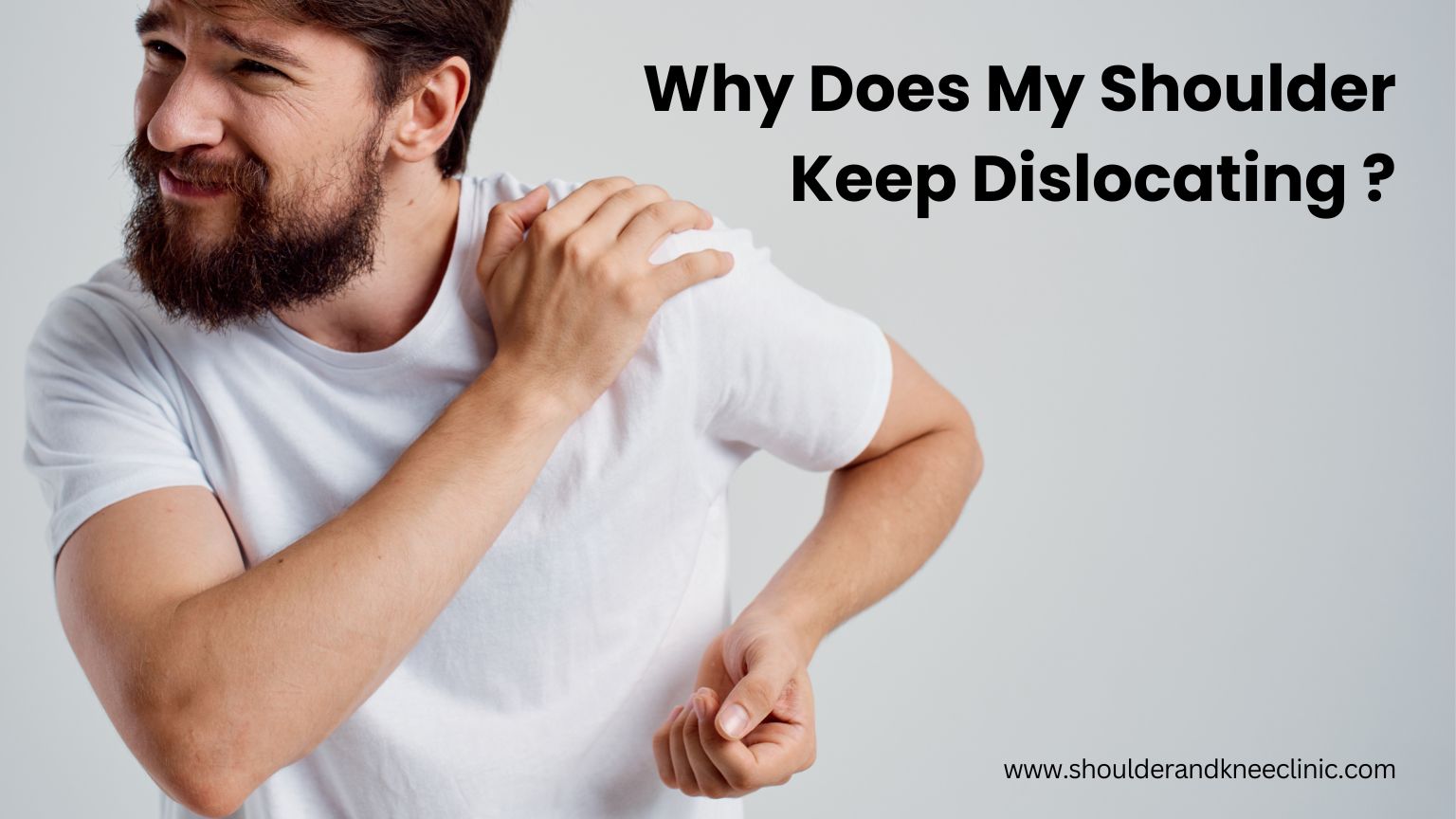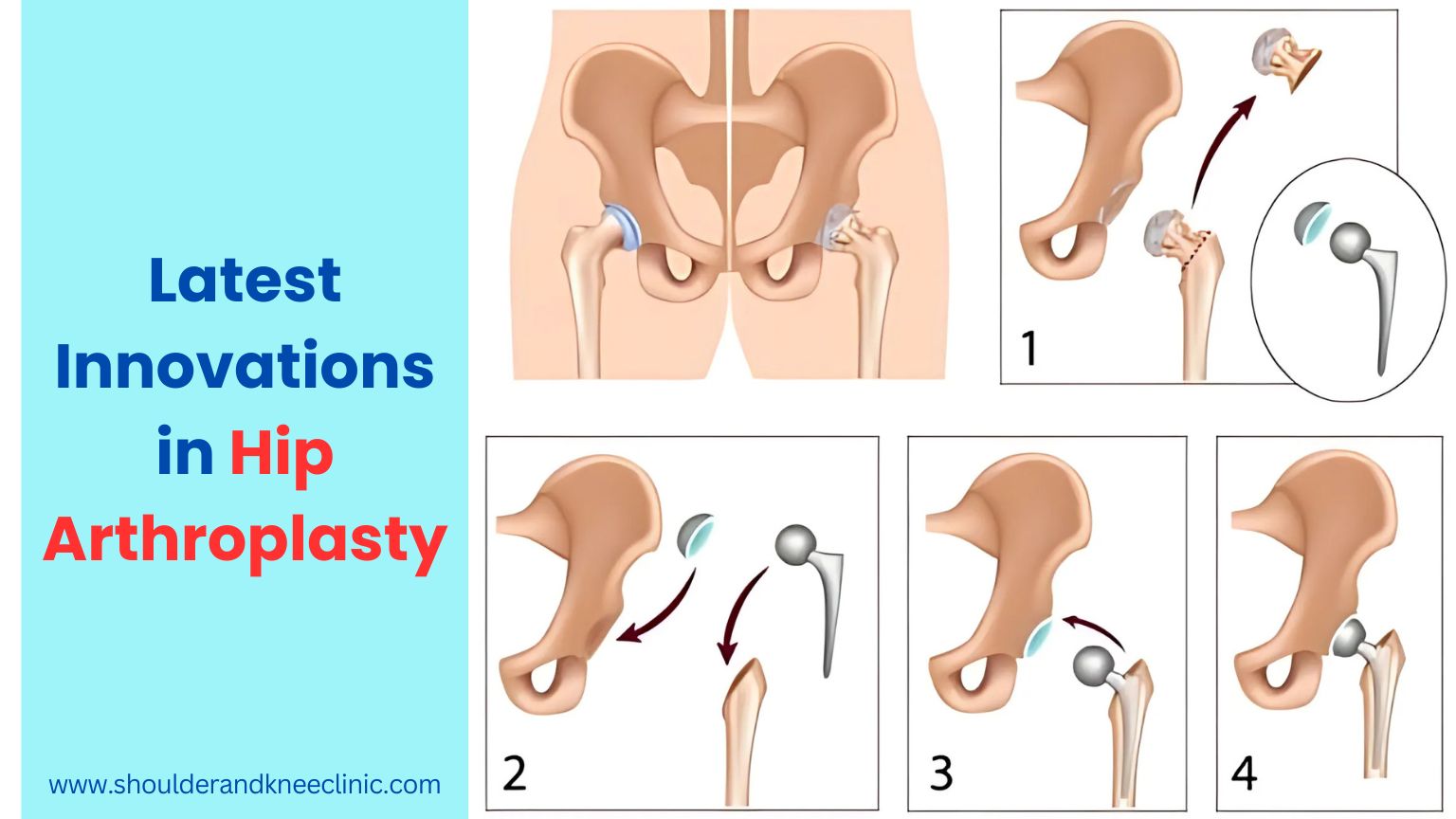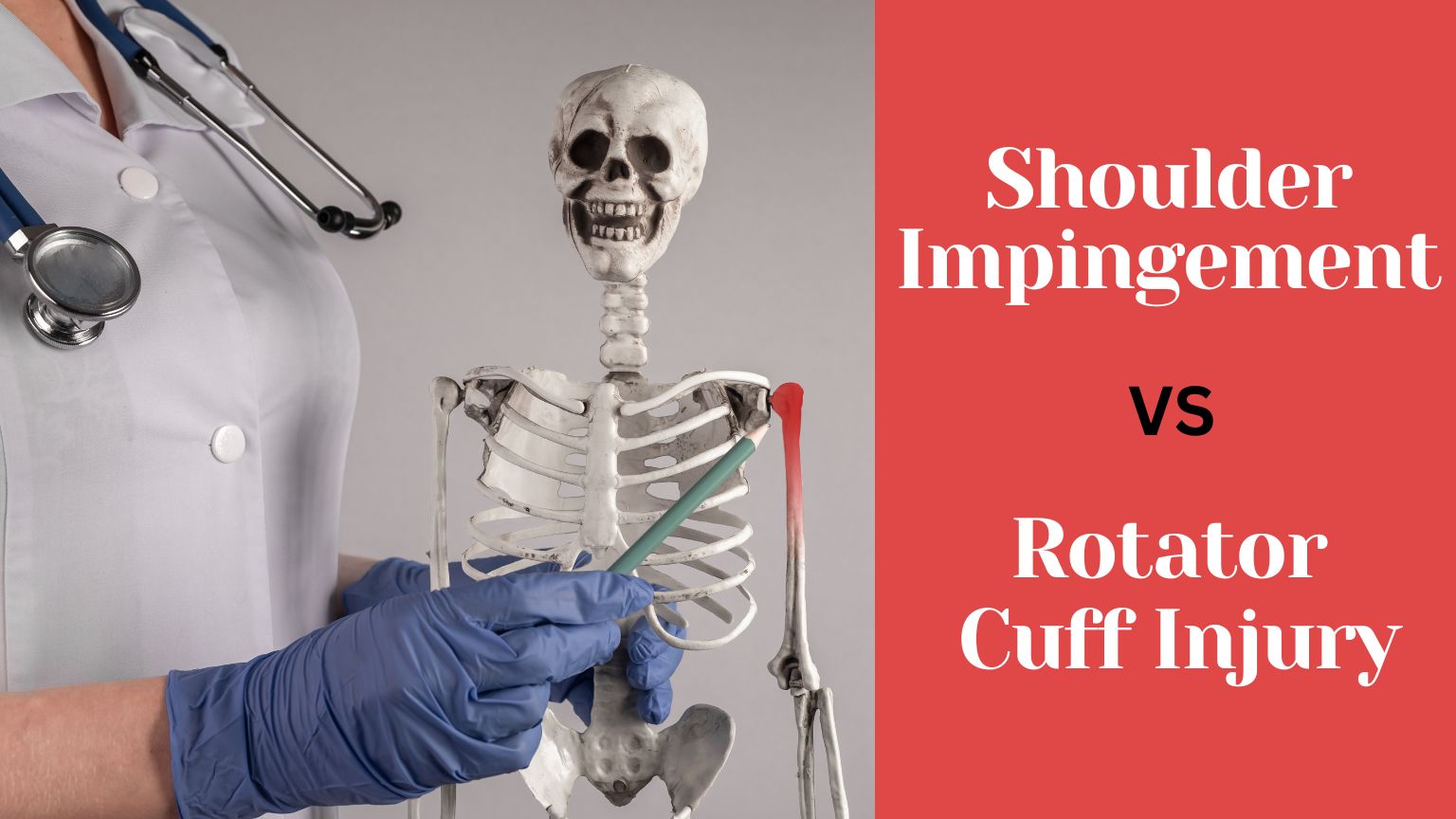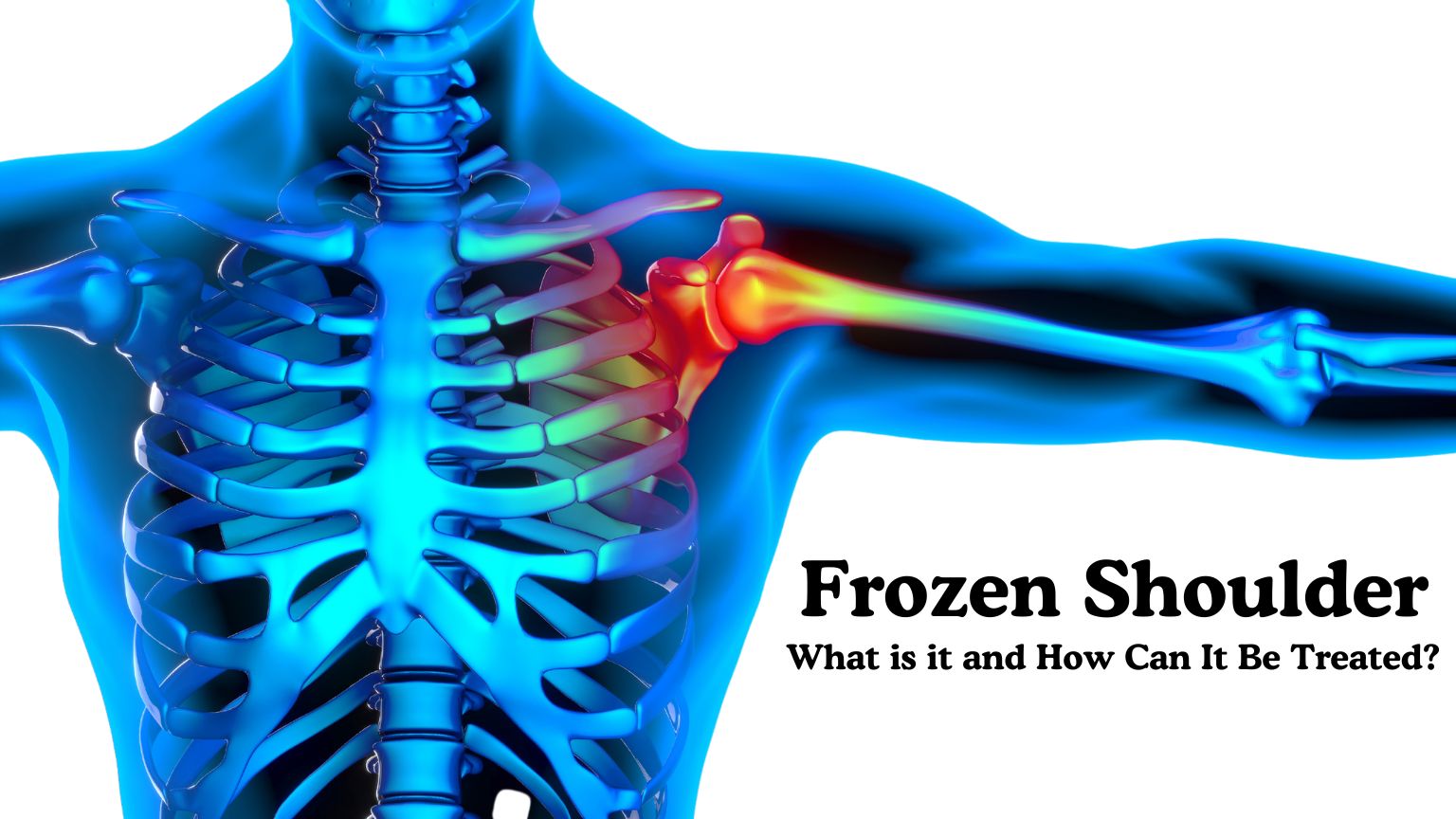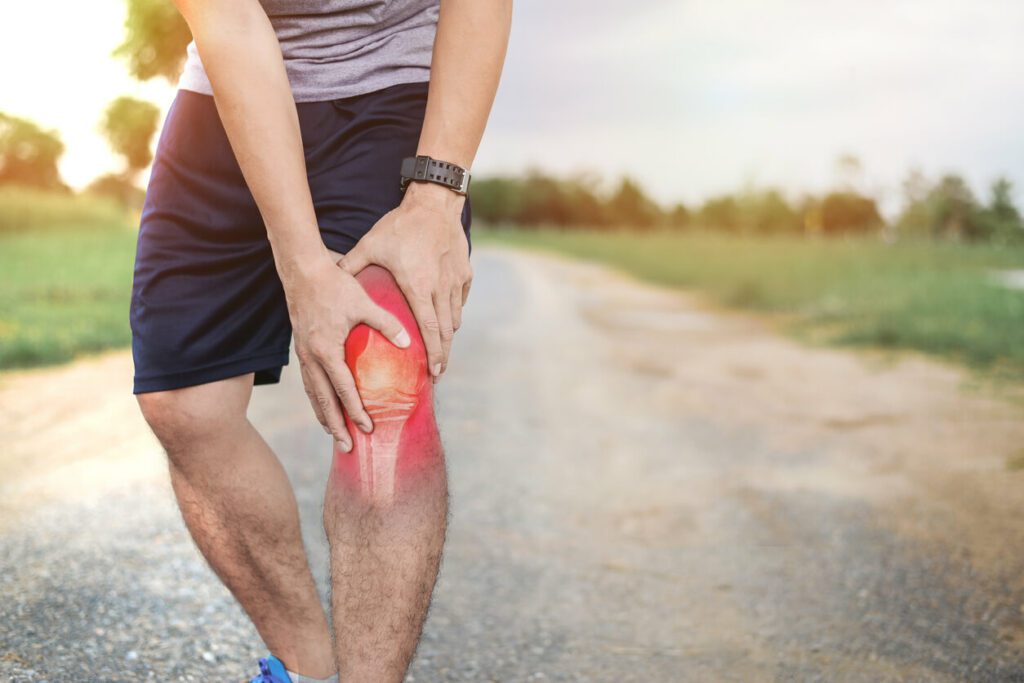
Athletes are prone to ACL injuries because they are the ones involved in high-impact sports. Well, that was just a short description of the whole medical scenario. To understand the cause better, you need to comprehend much more than that, so as to prevent it from happening.
This article will cover some brief insights into ACL injury and key strategies on how to stay safe from the same, if you are an athlete.
What is meant by an ACL injury?
Tibia, femur, and patella happen to be the 3 primary bones of your knee joint. Along with these, it also contains cartilages, ligaments, and tendons that leverage its functionality.
Now, the anterior cruciate ligament (ACL) joins your femur to your tibia, thus offering the vital balance to the knee joint through thorough passive techniques. This subjective ligament bounds the tibia in the correct periphery, rather than allowing it to topple forward relative to the femur. It also simultaneously prevents detrimental twisting motions of your knee.
Deep insights into the actual cause: ACL Injury
As an interesting matter of fact- in most cases of ACL injuries, it can be noted that it occurred in relative to a contact injury. However, these cases often pertain to non-contact. It can be perceived that in most cases, it happens during the ground reaction phase of landing and jumping actions, sudden shift of direction movements, and single-leg dedicated actions. In these types of key movements, your knee gets the highest amount of load.
In an ideal scenario, the muscles relative to both the knee and hip would help cushion this load, minimize any undesirable motion at the knee, and position the lower limb in the correct alignment. But that doesn’t happen all the time.
In case of an injury, the knee tends to experience inward rotation while the lower shank slips too far forward, making the ACL take an unbearable load, leading to its rupture.
Demographics that suffer the most from ACL injuries- Gender Based Insights
If you study the frequency and respective profile of the patients seeking ACL reconstruction surgery in India, you will notice that most of them are females. This is because they suffer at a rate that is at least 3 to 5 times higher than their male counterpart. The reasons are many, such as-
- Their Q angle (quadriceps angle), which makes females have wider hips than males, increases the risk of the knee caving in to valgus, and thus leads to a high probability of ACL rupture.
- They are less funded by the sports institutions, thus leading to less strategic coaching and safety awareness.
Prevention Tips: ACL Injury
It is crucial to prevent ACL injuries, especially when you are an athlete. First, you might be restricted from the game for at least 8 months, and then you might develop arthritis in your old age. Due to these reasons, our experienced orthopaedics at shoulderandkneeclinic.com suggest practicing preventive measures.
Strategic stretching can help toughen and safeguard your ACL. Those are basically-
- Squats and lunges leverage toughening of the leg muscles.
- Balance training, like standing on one leg for around 20 seconds or more.
- Your hamstring and ACL are related. So if you do periodic hamstring curls, it will build up your legs to sustain sudden pressures.
- Physiotherapists always promote core strengthening. This is because it helps in your overall leg power, thus safeguarding the ACL.
You can do some strategic exercises that can help strengthen and protect your ACL. These are-
- Lunges and squats are helpful since they strengthen your legs.
- A robust hamstring helps safeguard your ACL. Proper hamstring curls can be done at the gym or at home.
- Core strengthening is crucial for overall balance and can help avert ACL injuries. Yoga exercises like planks and bicycle crunches can leverage your core strength.
An ACL tear treatment cost in India generally ranges from 30,000 INR to 2,00,000 INR. Even if it’s not a big deal for you, the pain might be. So, you better take preventive measures like practicing some plyometric exercises, like-
- Jump squats
- Box jumps
- Lateral jumps
- Flawless landing technique where you soft land with bent knees, avoiding knee knock, and Single leg hope
Mastering some key movements can help you prevent ACL injuries in the long run. Here are some priceless tips- - A safe landing is very important. The moment of landing, right after you do a jump, has to be mastered strategically. Ensure that your knees are at an optimum angle, rather straight, to withstand the pressure.
- Strategic pivoting and cutting are vital too. When you are doing a quick movement between two directions, ensure that you curve your knees and your body level is at an optimum low.
- Mastering deceleration in your sport is important. You need to master how to pause your pace, rapidly, after you have gained a speedy momentum. This practice will help safeguard from possible ACL injuries.
Get Yourself Professional Help
While the above tips can help someone like you to understand ACL injuries and their preventive measures, it is always better to consult an experienced orthopaedic doctor. If you are seeking the best doctor for ACL surgery in Mumbai, reach out to us at shoulderandkneeclinic.com to book an appointment with our renowned orthopaedic today!
Whether you are a seasoned player or a retired trainer, embracing the correct methodology to treat your ACL injury will be the smartest step. Choose us today for a better playtime tomorrow.

